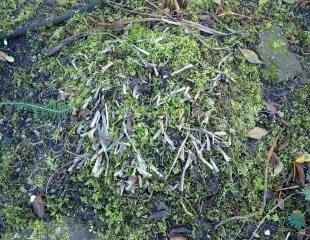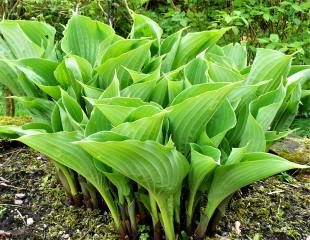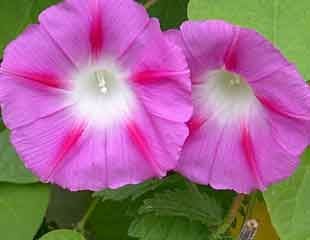
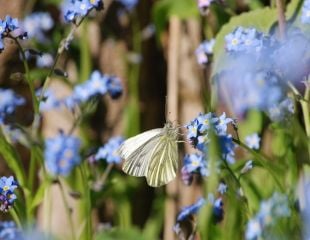
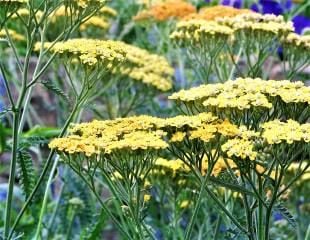
What is the difference between Annual, Perennial, and Biennial Plants?
What are Annuals?
The difference is the life cycle. Annual plants germinate, bloom, set seed and die all in one year. Biennial plants have a life cycle of two years, so they germinate and grow one year, bloom and die the following. Everything which lasts longer than two years is perennial, which in practical terms usually means it grows and flowers for many years.
This is important in terms of value for money. Also when you buy a plant you know what you are getting. Annuals are often grown from seed to add colour in the summer month, and many bedding plants are treated as annuals because they will not survive our winters.
Nasturtium Flowers
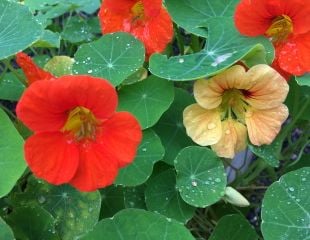
Many annuals are easy to both raise from seed and collect seed at the end of the season. Illustrated here are Nasturtiums, the flowers are very colourful in all shades of red, orange and yellow and at the end of the summer as the flowered die back they have large, easy to collect seed which can be sown in spring for a summer display.
Calendula Seeds
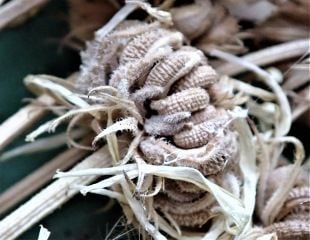
Calendula are another annual which are easy to raise from seed and provide lots of seed at the end of the summer for next year.
Calendula are also known as the Pot or English Marigold, and are loved by pollinators ideal to grow alongside the veg plot.
salad Rocket seeds
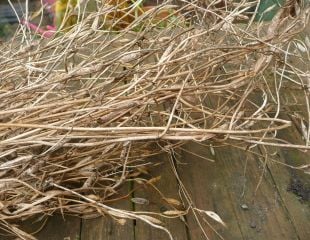
You can also have a continuous supply of garden rocket. It is another annual which sets seed abundantly at the end of the season and can be collect ready for next year.
Split open the little pods and carefully clean out the seed and you have free plants for next year.
What are Biennial Flowers ?
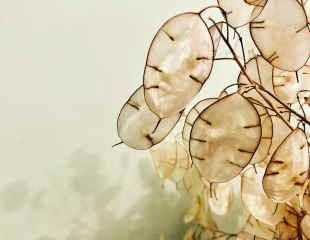
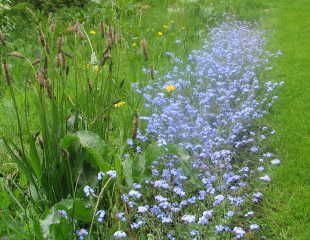
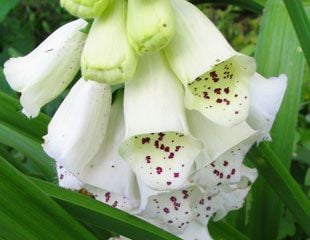
Honesty, Forget me nots, Foxgloves are our most common biennial flowers.
Biennials are seedlings one year, flower and set seed the next year. Although their life cycle is two years, you will find that they appear continuously in your garden. The seedlings of the second year becoming the flowers of the next year and so on.
You can also dig up the seedlings and replant if they have self seeded in the wrong place.
Perennial flowers
Perennial Woody Lavender
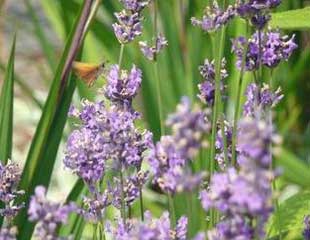
Some perennials are woody, such as Lavender, Sage, Artemisia, and Rosemary. These woody shrubs and plants tend to have a shorter lifespan, beyond 2 years up to 15 years, depending on the growing conditions. The better the conditions, drier and sunnier, the longer the plant will survive. Less hardy varieties tend to last only a few years. Tips on growing Lavender.
Herbaceous Perennial Hosta
Herbaceous Perennials last for many years, it can be decades. During the winter months they die back to bare soil and are dormant. Above is a Hosta in winter.
Herbaceous perennials push up lovely, fresh new growth in the spring and many, think of Delphiniums, Asters, Achillea, Poppies, add colour to a summer border.
Agapanthus
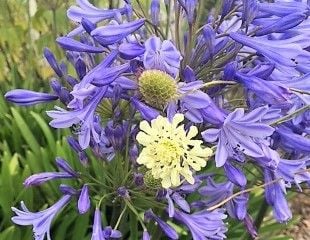
Agapanthus are just one of a huge group of perennial plants and will survive in the garden (the frost hardy types,) for many years. Interestingly, within the group of Agapanthus, there are both evergreen and herbaceous varieties, the latter being the most hardy and with better longevity.
This is important because when selecting plants for your garden, and paying for them, you need to know what you are getting. The price tag may seem reasonable, but if it is an annual, here today, gone tomorrow, it may not seem so reasonable. The same applies to frost hardy, because buying a plant which is killed by next year's winter is also expensive. For detailed information about what frost hardy means and a glossary of gardening terms to help you understand plant labels and descriptions and a beginner's guide to gardening.
If all else fails, email the Sunday Gardener for help.

